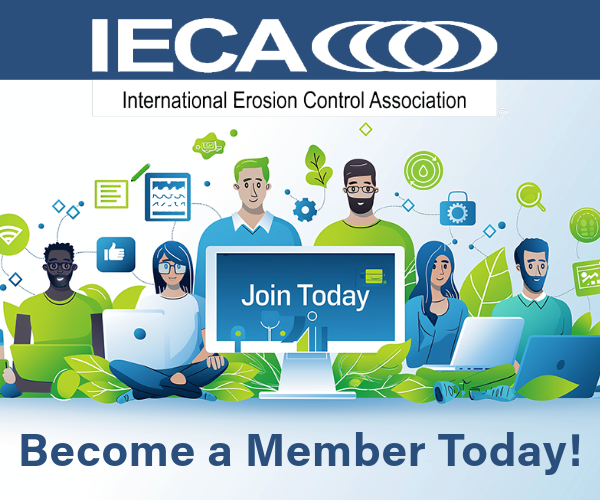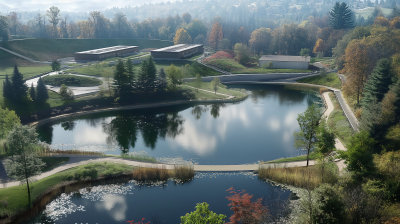
Sustainability Through Innovation in the Industry
Recorded On: 2023/09/20
-
Register
- Non member - $40
- Professional member - $15
- Professional Plus member - Free!
- Professional Plus Org member - Free!
- Student member - $15
- Young Professional member - $15
- Emeritus member - $15
- Discounted Professional member - $15
- Australia Member - $15
- Australia Non-Member - $40
- Australasia Professional Plus - Free!
Sustainability Through Innovation in the Industry

Back by popular demand, this online education series is part of IECA's mission to help grow the industry by promoting innovative research, products and technology that meet industry needs through more sustainable approaches. Join us as we explore the hydrologic changes that take place when an 80-acre sub-basin of a 1.6 sq. mi. rural watershed is developed with conventional detention vs automated control and effective continuous TSS measurements. In part two of the series, we will dive into a low salt design future and using recycled materials to prevent stormwater pollution.
Part One: Sustainability Through Innovation in the Industry
- Stormwater Detention - How Effective is it?
- We will explore the hydrologic changes that take place when an 80-acre sub-basin of a 1.6 sq. mi. rural watershed is developed with conventional detention vs automated control. Most often the industry standard and regulatory standard requires us to match pre-post peak flows at the property extents of the new development. In doing so, what are the impacts of the larger watershed? We will focus on the fact that the timing of the peak flow is just as critical as the peak flow itself.
- Effective Continuous TSS Measurement
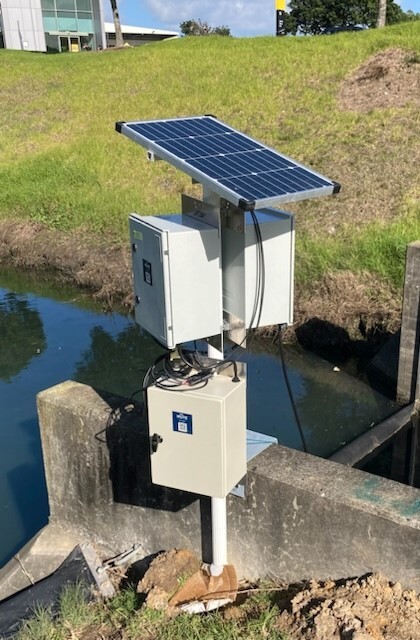
- Real-time dust and particulate concentrations in air have been reliably and accurately measured in mass/volume (g/m^3) for the last 20-years. We are applying the same nephelometric techniques developed for air quality particulate monitoring to continuously measure total suspended solids (TSS) in waterways upstream and downstream of project sites. Data from the instruments is telemetered and can be simultaneously shared, in near real time, with all parties (regulators, contractors and stakeholders) as it remains ‘qualitative’ while ‘quantitative' physical samples are required for enforcement to take effect. In sustainability terms, this combination of services provides a better relationship dynamic between concerned parties, gives transparency and subsequently produces a better environmental outcome through enhanced management and risk minimization of non-compliant/dirty discharges.
Presented by: Jon Rasmussen, PE, CPESC, LEED AP BD & C and Brian Mills
Level: Beginner
Duration: 1 hour
Type of Course: On-Demand
Part Two: Sustainability Through Innovation in the Industry
- Designing a Low Salt Future
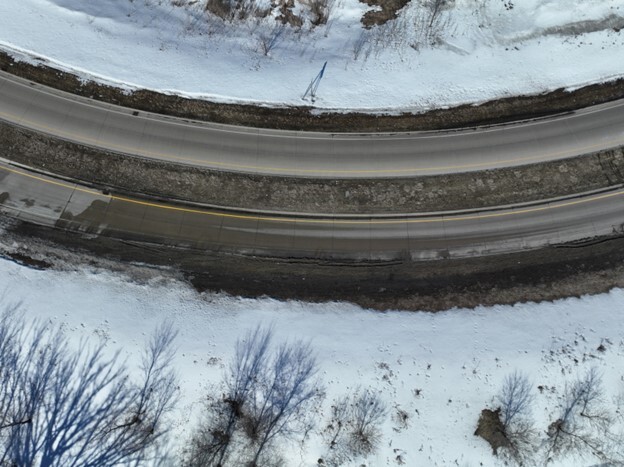
- Heavy salt use of our winter pavements has sterilized our soils and has challenged us to establish roadside vegetation. Salt is a forever water pollutant and a threat to the life of our infrastructure. To get to the core of the salt problem, Bolton & Menk has developed infrastructure design considerations for better winter performance of our "saltable" surfaces. By using these relatively simple strategies, we can improve winter performance, increase safety, and reduce the need for salt.
Presented By: Connie Fortin & Teresa Burgess - Bolton & Menk, Inc
- Using Recycled Materials to Prevent Stormwater Pollution
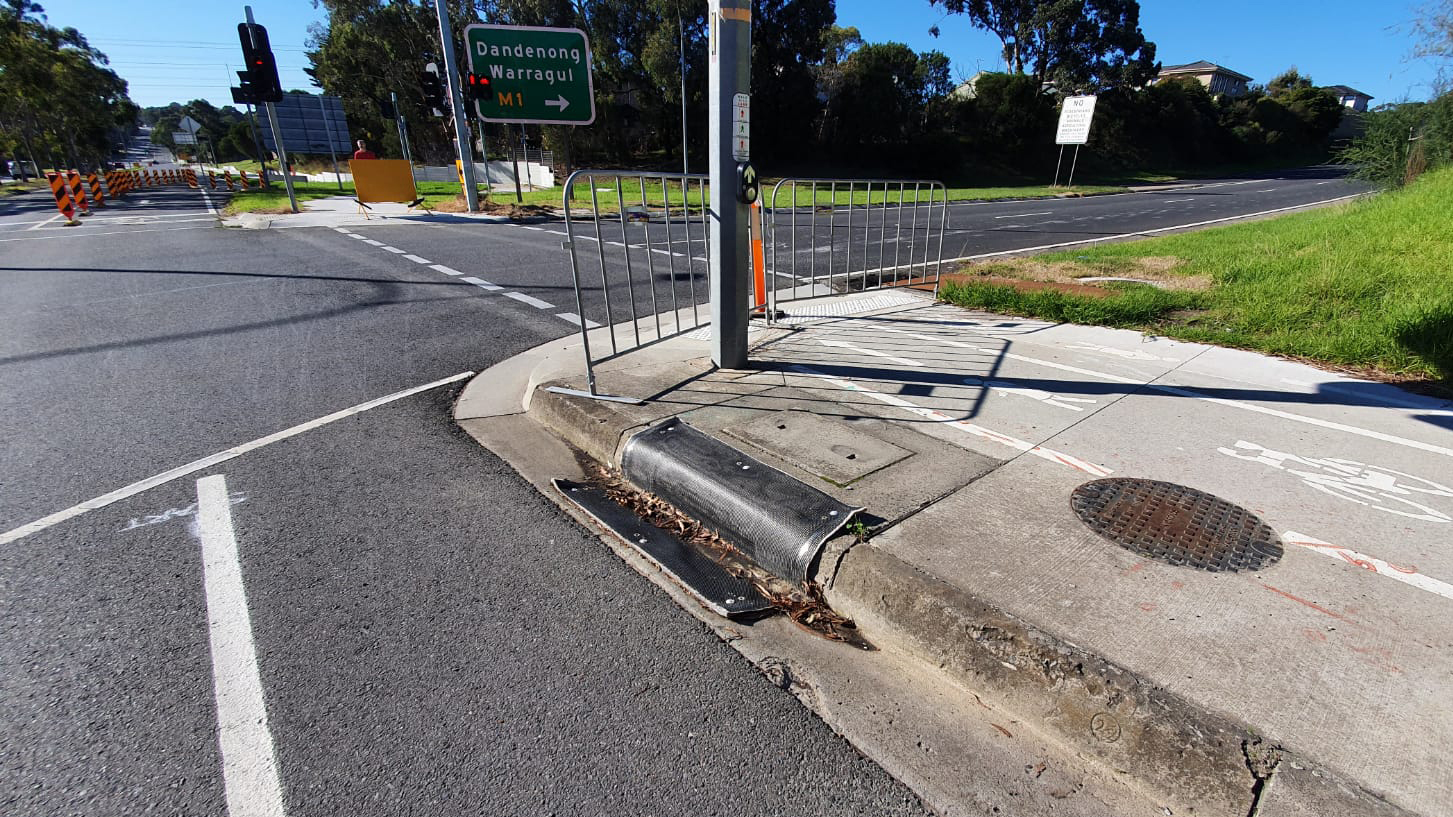
- How can old clothing, bedding and furniture be recycled to protect our oceans? This presentation will look at the GuardDog filter, a drain protection solution that prevents sediment and hydrocarbons from entering stormwater systems. Attendees will learn how this product helps to maintain filtration efficiency, see laboratory filtration testing, performance outcomes and adoption across industries.
Presented by: Connie Fortin, Teresa Burgess, PE, CPESC, Martin Brown and Troy Beaver
Level: Beginner
Duration: 1 hour
Type of Course: On-Demand

Jon E. Rasmussen, PE CPESC, LEED AP BD+C
Flood-Con
Mr. Rasmussen is an AuburnUniversity graduate with a BS in Civil Engineering. Mr. Rasmussen has 27years of experience in civil engineering and hydrology. After being apartner and shareholder of a Birmingham based civil engineering firm for14 years, Mr. Rasmussen founded Flood-Con in 2017 which currently has over 100automated products deployed across the southeast and the northern U.S.. Mr. Rasmussen is a licensed Professional Engineer; a Certified Professional inErosion and Sediment Control (CPESC) and LEED Accredited Professional inBuilding Design and Construction (LEED AP BD+C). Mr. Rasmussenpatented the automated outlet control structure (AOS) device in the UnitedStates and Canada.
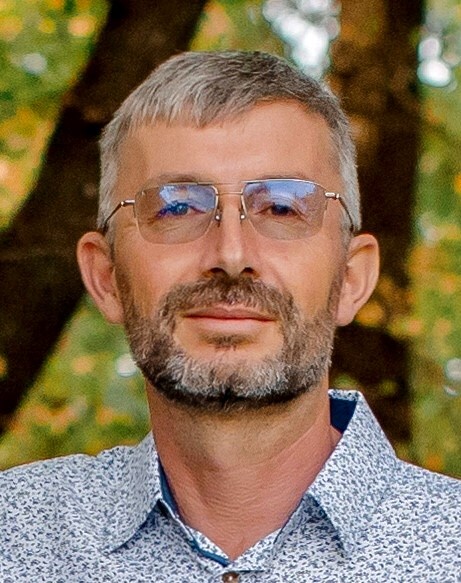
Brian Mills
Consultant Scientist
Mote Measurement Networks
Based in Auckland N.Z. Brian Mills has 25-years consultancy experience in a wide range of environmental and scientific testing and monitoring programmes. Much of Brian's experience is related to servicing construction and infrastructure needs with a large component of experience in the field of remote measurement and monitoring to obtain air quality measurement data. A combination of analytical chemistry and remote monitoring experience provides insight into the design and execution requirements needed for remote measurement to be able to successfully obtain accurate results that are 'fit-for-purpose’.

Connie Fortin
Low Salt Strategist
Bolton & Menk, Inc.

Martin Brown
Marketing Manager
Stratex
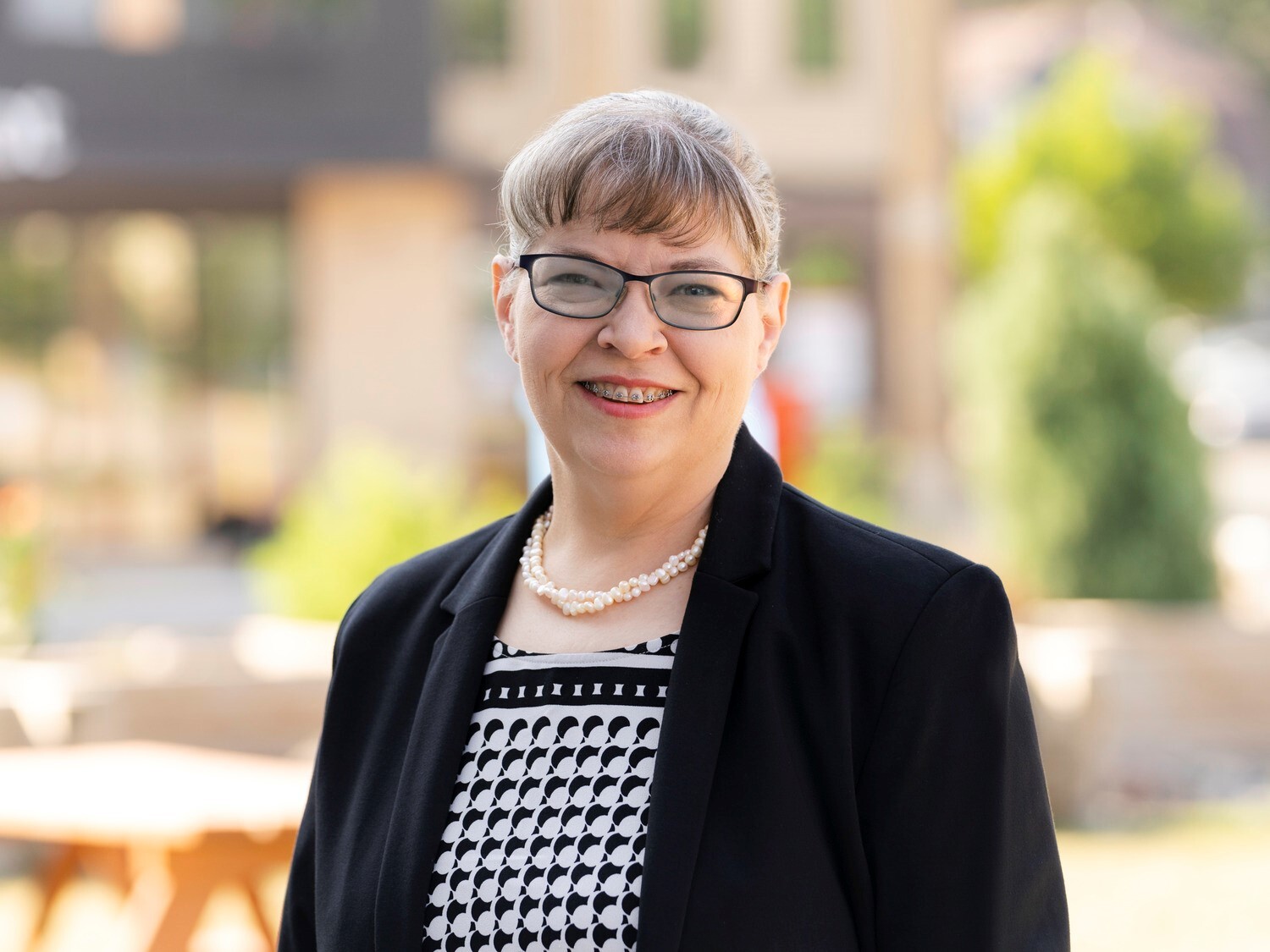
Teresa Burgess
Senior Project Engineer
Bolton & Menk

Troy Beaver
Co-Founder
HalenHardy, LLC
Troy co-founded HalenHardy, LLC in January 2013 with his father Donny and brother Josh as well as long-term business colleague Carl Cohen. Its mission is to develop and discover ways to “Simplify Spill & Sediment Control.” HalenHardy’s patented and patent-pending tools include:
- Spilltration® line of spill control products for quickly and effectively containing and cleaning up spills on land and water, as well as the Spilltration® stormwater filtration products for filtering silt, sediment, sheen and other contaminants from stormwater runoff.
- WaterGate Instant Dams for spill containment on ditches and streams.
- Drainiac® Petroleum Filter Valves to create an “oil stop valve” for stormwater discharging from inside of secondary containment.
Spearheading the product development and training programs at HalenHardy, Troy prides himself on developing tools and techniques to help customers better ensure their SPCC and NPDES compliance. Involved in numerous responses and projects all over the US and Canada, he focuses a lot of his time on developing tools and techniques to help protect the precious water resources across North America. Troy’s main focus is helping frontline workers be better prepared to limit the damage caused by spills and contaminants in stormwater, through easy-to-deploy tools and interactive training. He works with government agencies, contractors and all types of industrial facilities, including rail, utilities, pipelines, terminals, refineries and construction to help them be better prepared to limit the damage caused by spills and stormwater contaminants. Troy received his B.S. in Politics from Juniata College (PA) in 2006. He also received his J.D. from University of Pittsburgh School of Law and his MBA from Katz Graduate School of Business in 2010.
This webinar contains two parts, each worth (1) Professional Development Hour.


